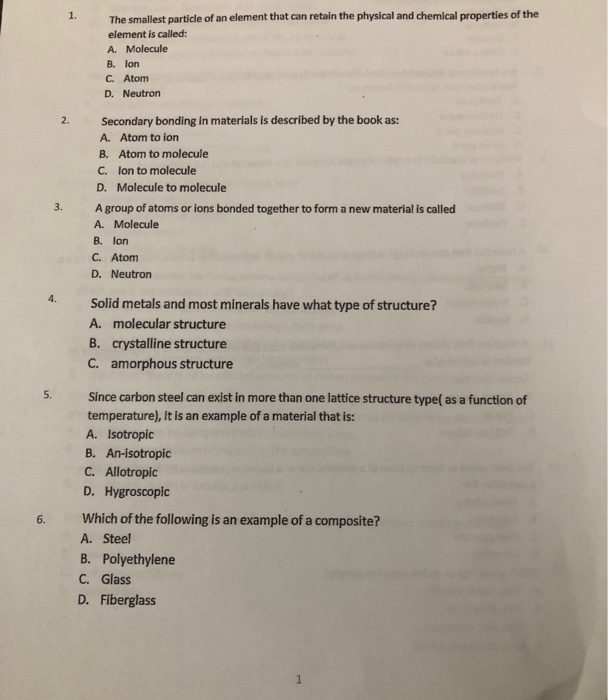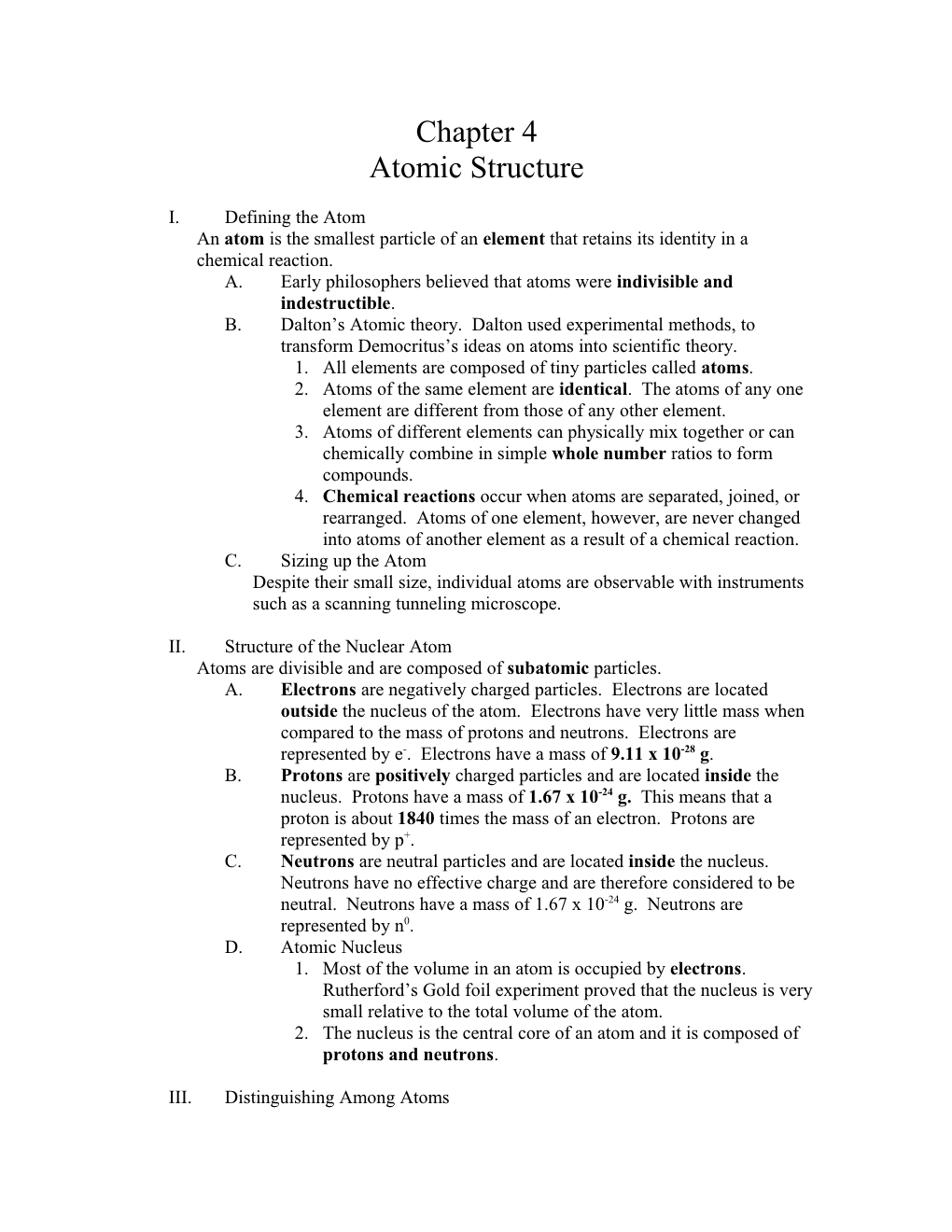- The Smallest Particle Of An Element That Can Be Identified As That Element Is
- The Smallest Particle Of An Element That Still Has The Element's Properties
| Rate | Answer | Clue |
| ATOM | The smallest particle of a chemical element | |
| CARBON | Chemical element | |
| OXYGEN | Chemical element | |
| ARSENIC | Chemical element | |
| NITROGEN | Chemical element | |
| LEAD | Chemical element Pb | |
| BROMINE | A halogen chemical element | |
| ISOTOPE | Variation of a chemical element | |
| ION | Particle | |
| MOTE | Particle | |
| GRAIN | Particle | |
| LEAST | Smallest | |
| MESON | Particle | |
| CHEMIC | Chemical. | |
| GRANULE | Particle | |
| MINIMUM | Smallest | |
| TINIEST | Smallest | |
| MINUTEST | Smallest | |
| BORON | Chemical element with the symbol B and atomic number 5 | |
| JOT | An iota; a point; a tittle; the smallest particle. Cf. Bit, n. | |
| PHLOGISTON | The hypothetical principle of fire, or inflammability, regarded by Stahl as a chemical element. | |
| ARGON | A substance regarded as an element, contained in the atmosphere and remarkable for its chemical inertness. | |
| AMMONIUM | A compound radical, NH4, having the chemical relations of a strongly basic element like the alkali metals. | |
| PARTICLE | Any very small portion or part; the smallest portion; as, he has not a particle of patriotism or virtue. | |
| ANION | An electro-negative element, or the element which, in electro-chemical decompositions, is evolved at the anode; -- opposed to cation. |
Elements and Atoms


An element is a pure substance. It cannot be broken down into other types of substances. Each element is made up of just one type of atom.
Structure of an Atom

An atom is the smallest particle of an element that still has the properties of that element. Every substance is composed of atoms. Atoms are extremely small, typically about a ten-billionth of a meter in diameter. However, atoms do not have well-defined boundaries, as suggested by the atomic model shown in figure (PageIndex{2}). An atom is composed of my subatomic particles. We will only discuss protons, neutron, and electrons.
The Smallest Particle Of An Element That Can Be Identified As That Element Is
The Crosswordleak.com system found 25 answers for the smallest particle of a chemical element crossword clue. Our system collect crossword clues from most populer crossword, cryptic puzzle, quick/small crossword that found in Daily Mail, Daily Telegraph, Daily Express, Daily Mirror, Herald-Sun, The Courier-Mail and others popular newspaper. The smallest particle is the election the smallest particle of a complete element is the atom but most atoms are not stable. Noble gases are far more stable on their own, Gold is also very stable but all other elements are more stable in molecules either with itself or other elements forming compounds.
| Particle | Proton | Neutron | Electron |
|---|---|---|---|
| Electric Charge | +1 | 0 | -1 |
| Location | Nucleus | Nucleus | Outside the nucleus |
| Mass | 1 amu | 1 amu | ~0 amu |
If the number of protons and electrons in an atom are equal, then an atom is electrically neutral because the positive and negative charges cancel out. If an atom has more or fewer electrons than protons, then it has an overall negative or positive charge, respectively, and it is called an ion.

The negatively charged electrons of an atom are attracted to the positively charged protons in the nucleus by a force called electromagnetic force, for which opposite charges attract. Electromagnetic force between protons in the nucleus causes these subatomic particles to repel each other because they have the same charge. However, the protons and neutrons in the nucleus are attracted to each other by a different force, called nuclear force, which is usually stronger than the electromagnetic force repelling the positively charged protons from each other.
Periodic Table of the Elements
The Smallest Particle Of An Element That Still Has The Element's Properties
There are almost 120 known elements. As you can see in the Periodic Table of the Elements shown in Figure (PageIndex{3}), the majority of elements are metals. Examples of metals are iron (Fe) and copper (Cu). Metals are shiny and good conductors of electricity and heat. Nonmetal elements are far fewer in number. They include hydrogen (H) and oxygen (O). They lack the properties of metals. The element most important to life is Carbon (C). Find carbon in the table. What type of element is it, metal or nonmetal?
